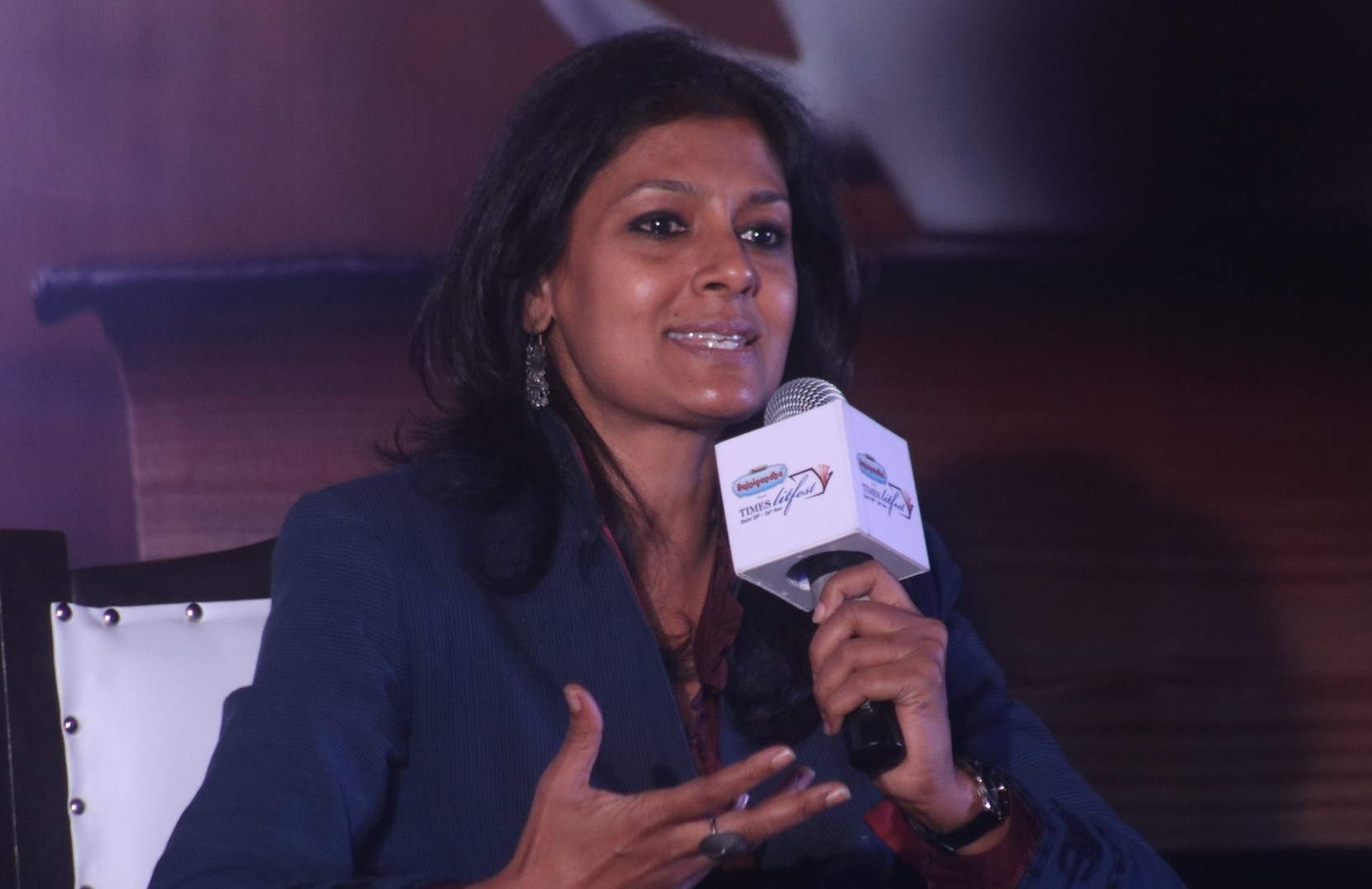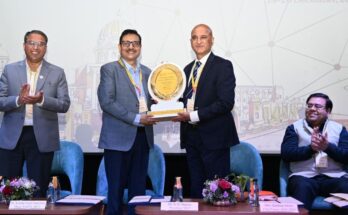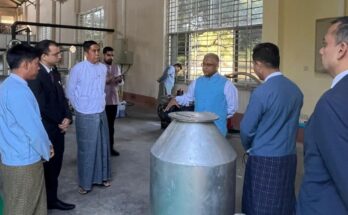Sukant Deepak
Jaipur,The protests against CAA and NRC were organic and erupting almost simultaneously across the country without any political backing or support, actor-director Nandita Das told IANS.
“Led by women and students from different religions, this protest is cry for everyone to speak up and lend his/her voice. At a time when the economy is falling, unemployment rate is high and female foeticide is rampant, why divert energy to something as divisive as CAA and NRC,” Das, who’s known for directing critically acclaimed films like “Firaaq” and “Manto”, told IANS on the sidelines of the Jaipur Literature Festival here.
Though she’s excited about the fact that several new filmmakers are emerging with original stories and telling them in a novel way, this recipient of the Knight of the Order of Arts and Letters by the French Government feels that several key areas like distribution and theatrical release still need to be looked at in order to ascertain the emergence of truly independent cinema.
“The digital revolution has democratised the practice of filmmaking with equipment becoming much less expensive, thereby giving a chance to more people to participate in this art form. However, if you are looking for a theatre release, it’s still a challenge as the distribution model is very traditional. The nexus between the producer, distributor and the exhibitor remains intact,” said Das, who has served on the jury of Cannes Film Festival twice.
Noting that even when one makes a small film, it is still paramount to meet certain parameters for a commercial release — like getting it launched by a big production house or ensuring a major actor in the cast — the actor-director credited the internet for providing a wide exposure to the world of cinema.
“People are getting to watch some fantastic world cinema, thanks to the internet. And the same has surely broadened horizons,” she said.
In an age when OTP is the flavour of the season, Das, who happens to be the first Indian to be inducted into the International Hall of Fame of the International Women’s Forum in the US, still swears by collective viewing.
“When television started beaming, people wondered ‘is cinema going to die’? The best part about OTP is that people are getting to see some excellent films in different languages, even Indian ones — Tamil, Malayalam and others. I am constantly getting feedback from people across the world on ‘Manto’.
“As far as creative freedom goes, it is up to us how we use it to tell powerful stories. Of course, one sees rubbish too, but I believe that by sheer numbers, good will emerge from the noise. One should never feel threatened by freedom. Time is the test of art. Also, this platform is giving so much work to writers, actors, technicians and directors. Everybody is busy, which is fantastic,” she said.
A decade back, when she made “Firaaq”, Das wouldn’t like it when people addressed her as a “woman director”. But things have changed now.
“I used to get offended and would always answer that I didn’t know how it felt to be a male director. But over the years, I have warmed up to that label because we need more woman making films. The female gaze is important. For a long time, men have controlled the narrative. Of course, this doesn’t mean that men haven’t made excellent films on women — Shyam Benegal, Mrinal Sen, Govind Nihalani and Adoor Gopalakrishnan are excellent examples,” she said.
Stressing that more literature and film festivals at different parts of the country can only bring good, Das elaborated, “Jaipur has become synonymous with JLF, we have the Biennale at Kochi and so many festivals spread across the country. Look at them from the audience point of view — such a large number of people are getting to listen to and see works of people they have admired.”
Presently writing a feature film and a short film, besides a series, the actor laughed about the kind of roles being offered to her.
“They tend to box you post 30. Moreover, just because I voice my social concerns, I am offered characters holding a flag. Frankly, I would like to portray parts which are more human… with their inherent weaknesses,” Das signed off.




